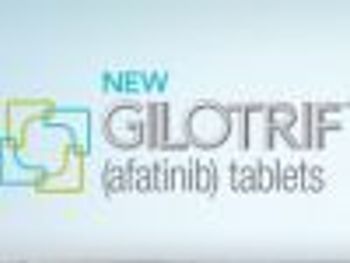
Sept/Oct 2013




This overview focuses on human resources issues, including those related to staff licensures and job descriptions, as they apply to URAC specialty pharmacy core standards accreditation.

For transplant patients, the difference between a successful and an unsuccessful outcome can be made by medication adherence.

As payers and providers are required to provide real-world outcomes data, there is high demand for the detailed financial reporting that an automated financial accruals process can produce. Here's what stakeholders need to know about the process.

A satisfactory system for the collection and reporting of adverse events is increasingly important as manufacturers place additional requirements on their specialty pharmacy and health care provider partners, and these needs go beyond the United States.

The Affordable Care Act continues to be the subject of bitter dispute.

Gilotrif (afatinib) is a first-line oral treatment for certain non-small cell lung cancers.

The world of government pricing (GP), once a mystery to many in the pharmacy industry, is considered to be a key component of strategic and compliance activity. For pharmaceutical manufacturers, government business is a top priority.

Multiple sclerosis treatment options have expanded dramatically over the past several years. In addition to subcutaneous and intravenous medications, there are now 3 disease-modifying oral therapies available in the United States.

Distribution models are the key drivers for new participants in the specialty space. Here's a thoughtful discussion on how to grow your business.

There is increased interest in the question of whether pharmacoeconomic studies that measure the value of drug therapies affect clinical decisions and payer policies.

A significant number of new specialty medications are on track to be approved in 2013, and some will provide increased competition in certain therapy classes.